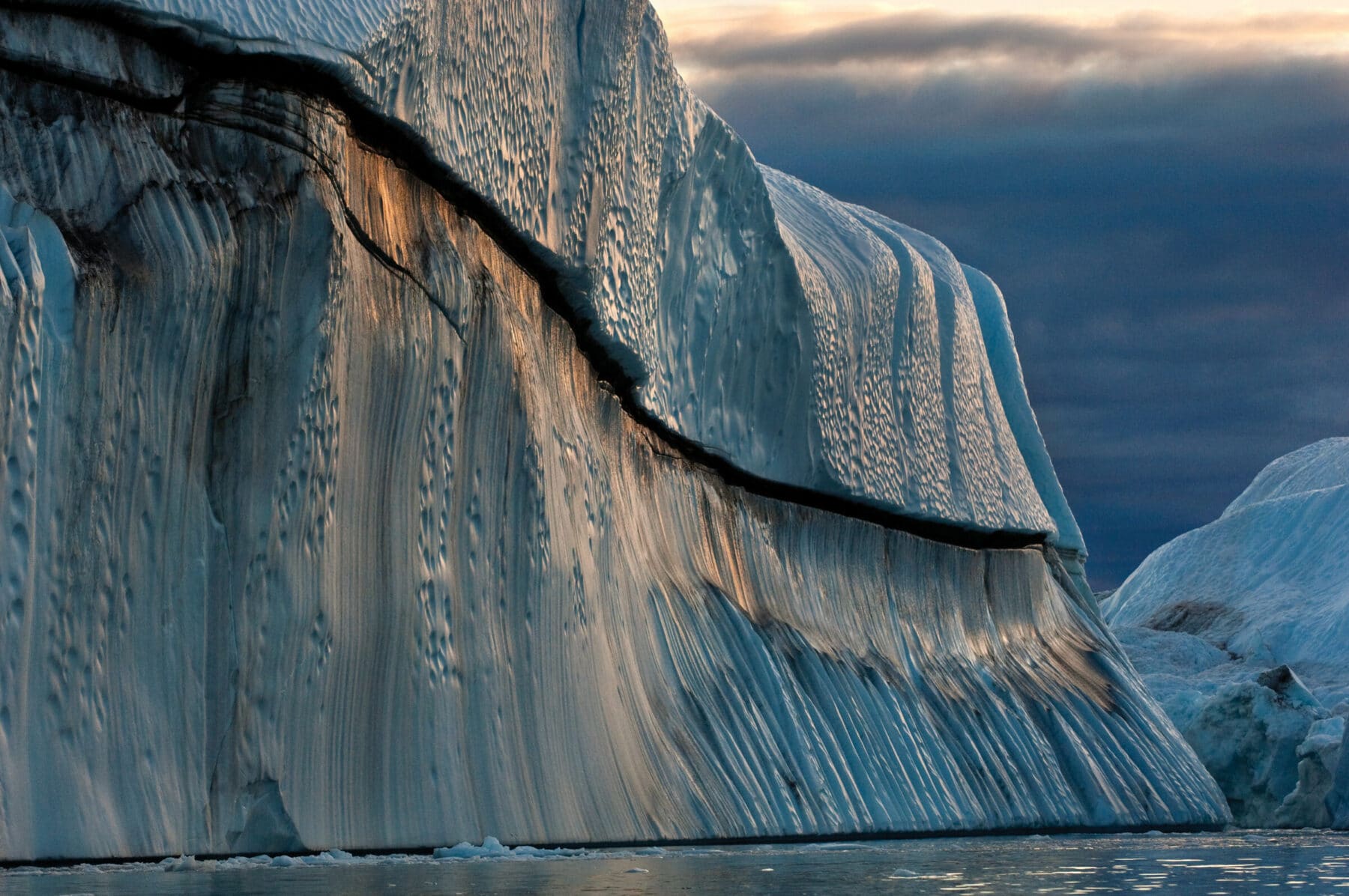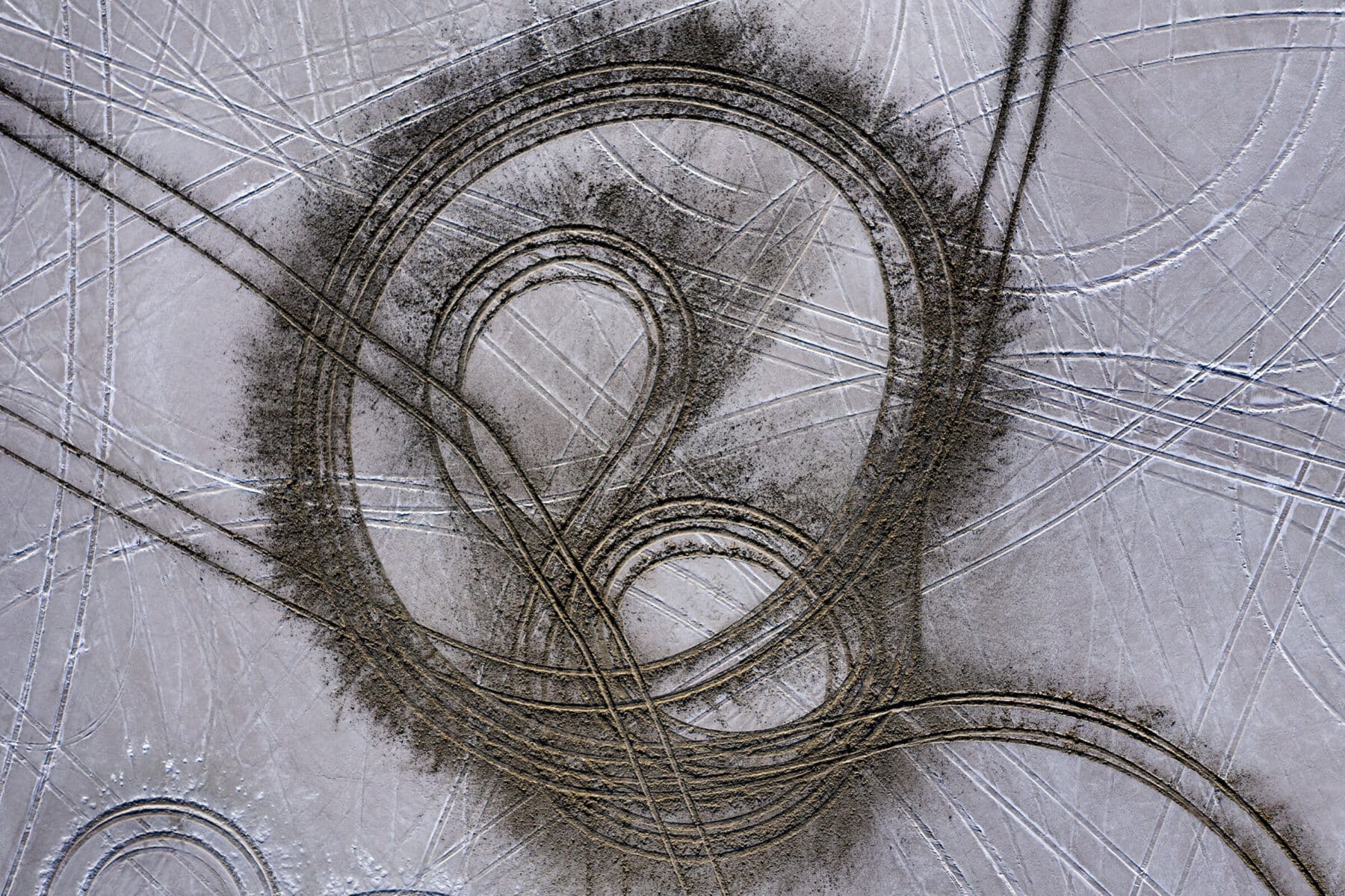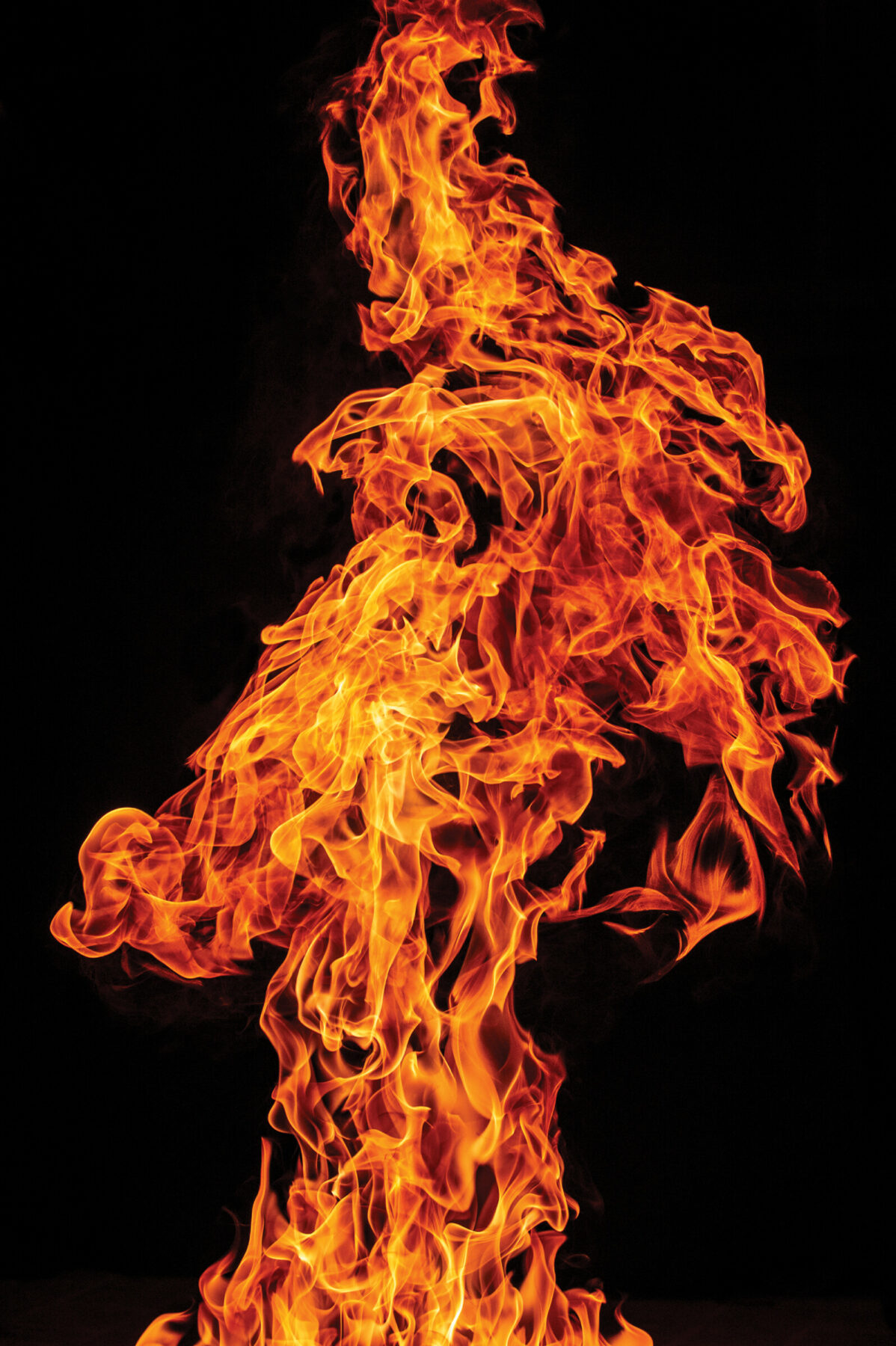Photography of the Anthropocene

For four decades, James Balog has photographed the beauty of the world’s natural resources as well as the impact of climate change on the Earth and its inhabitants. His projects explore the consequences of human behavior as it has begun to affect the stability of the natural world and the health of its citizens. He has focused his camera on the intertwined events of melting glaciers, rising seas, warming oceans, polluted air, increased temperatures, and the destructive forces of ferocious hurricanes, floods, and wildfires.
His projects explore the consequences of human behavior as it has begun to affect the stability of the natural world and the health of its citizens.
As an artist, Balog pushes aesthetic boundaries to create simultaneously engaging and disquieting individual photographs, as well as websites and films. Through his work, he aims to stimulate public awareness and mobilize action on behalf of the Earth and its populations. Widely published and exhibited as a photographer, Balog also collects data and visual evidence on climate and environmental change. He created the Extreme Ice Survey in 2007 to document and measure the retreat of glaciers around the world. All of Balog’s photographic essays relate to his conviction that human behavior is changing our globe and that these changes are, in turn, having serious impacts on humanity.

The exhibition James Balog: Photography of the Anthropocene is on display at the National Academy of Sciences building from October 4, 2021, through May 2, 2022. The traveling exhibition is accompanied by Balog’s new book, The Human Element: A Time Capsule from the Anthropocene (Rizzoli, 2021). All works are courtesy of the artist.




